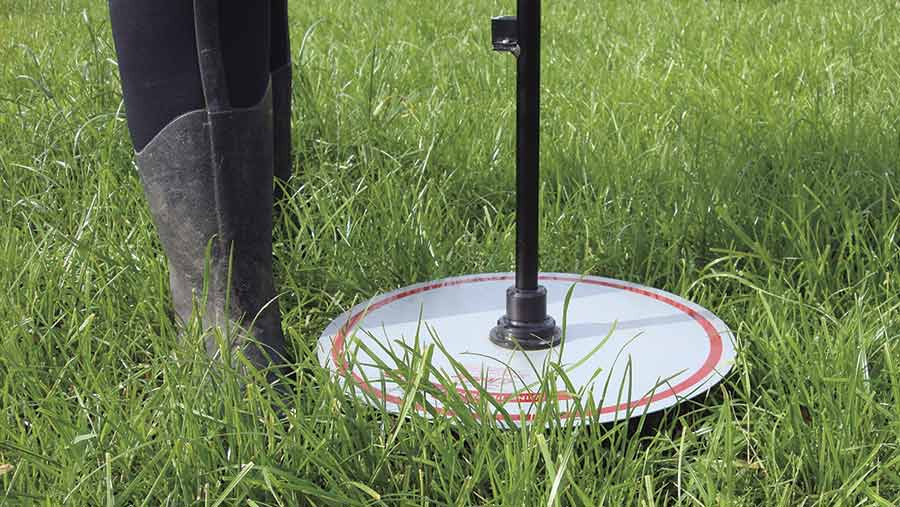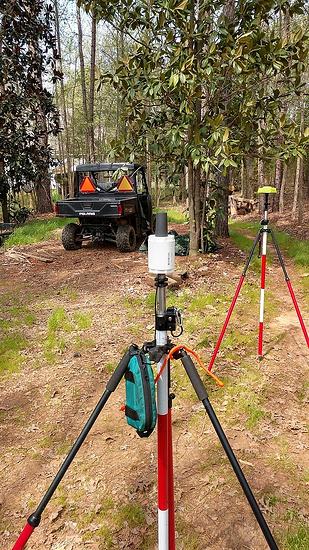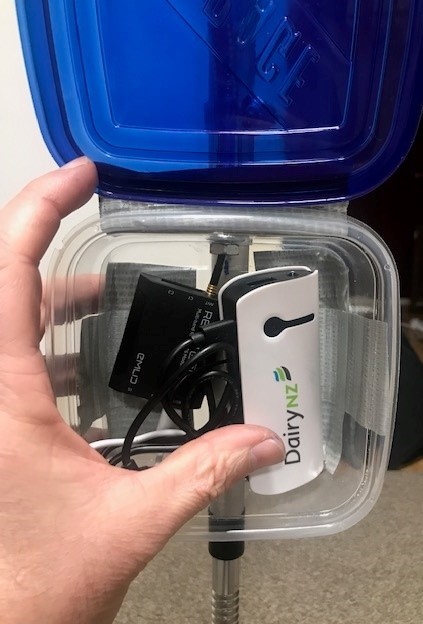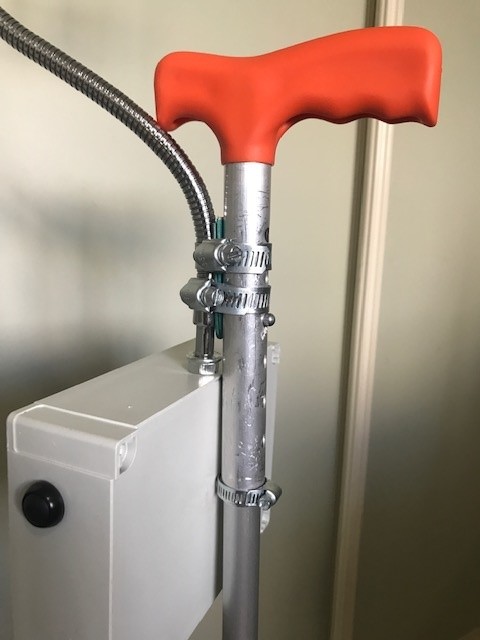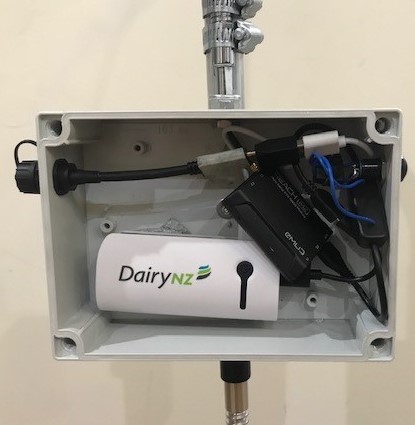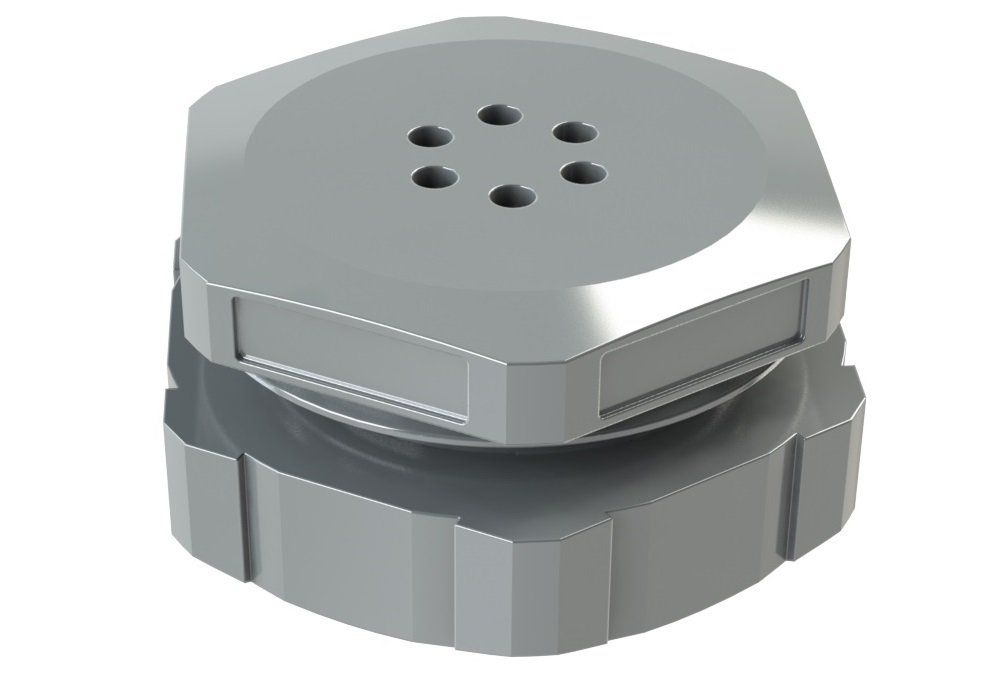Hi, my use case is to get accurate location for pasture measurements. Pasture measurement can be done with a rising platemeter (the shaft hits ground level, and the plate rises based on volume of feed, see pic).
There are options available where the app uses a phone to give the gps location of that measurement (e.g. http://jenquipec20app.co.nz/ or The App – Platemeters), but these will be (I expect) +/- 5m.
The documentation suggests that I can use reach to provide more accurate locations (at least with android, another post tells me ios support is not yet available)
From this moment on, all apps in the Android device that use location services will automatically have access to the positional data streamed from Reach. You can just open a GIS app you want to use and start surveying.
So to make this setup work (real time),
I need:
- my platemeter
- an android phone to:
a) run the app to record measurements
b) provide internet for real time correction - a subscription to corrections (I am based in New Zealand, this free PositioNZ service should fit the bill?
- Reach M2? (maybe in back pack with power source, wired to antenna that is mounted appropriately on the shaft of the platemeter (x and y location is important, z not at all). I think M2 because the platemeter would be a bit unwieldy with an RS2 mounted on it.
Does this sound like it would work? How long would the platemeter shaft need to be stationary to get a decent location? Any thoughts or suggestions




